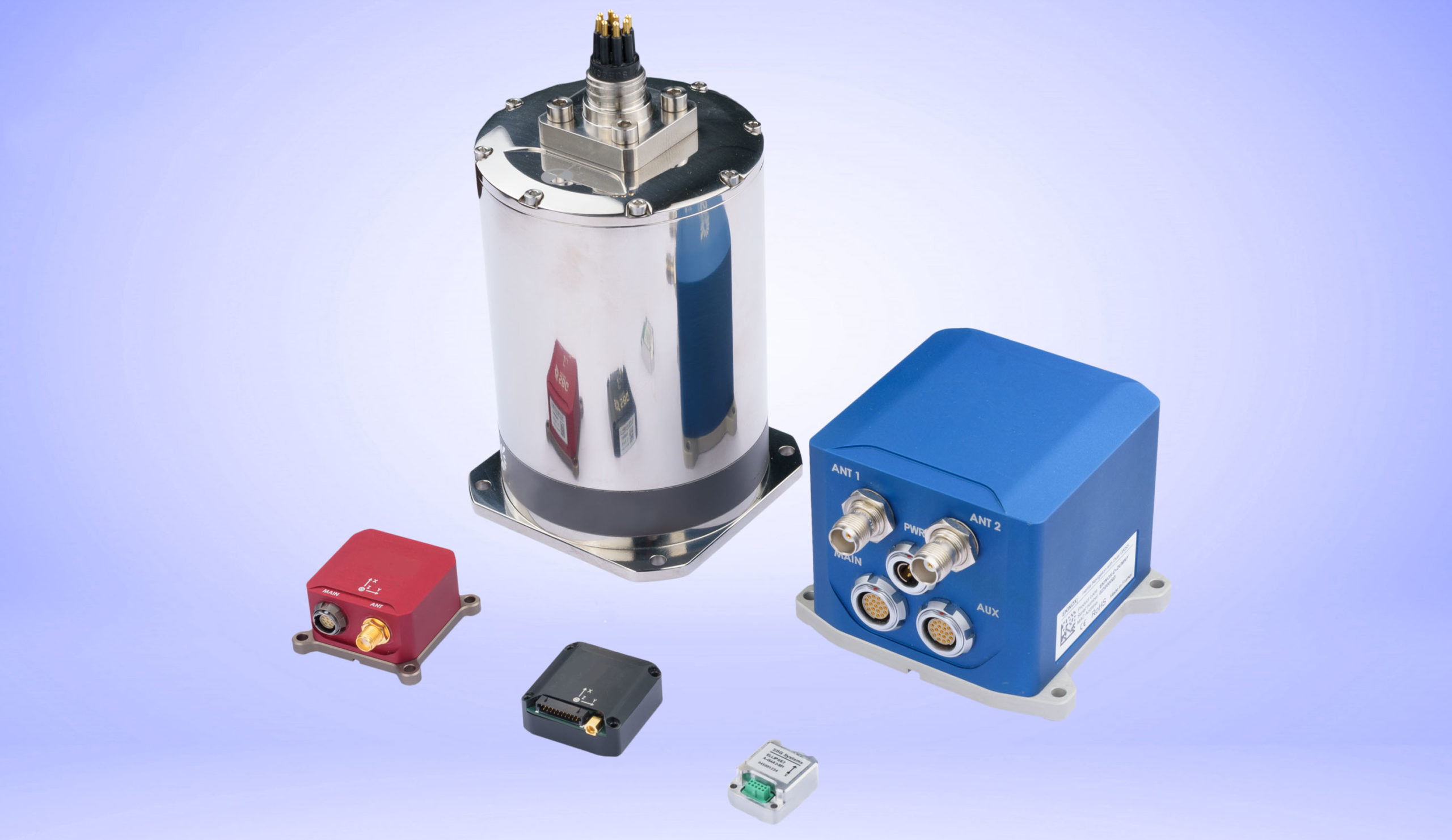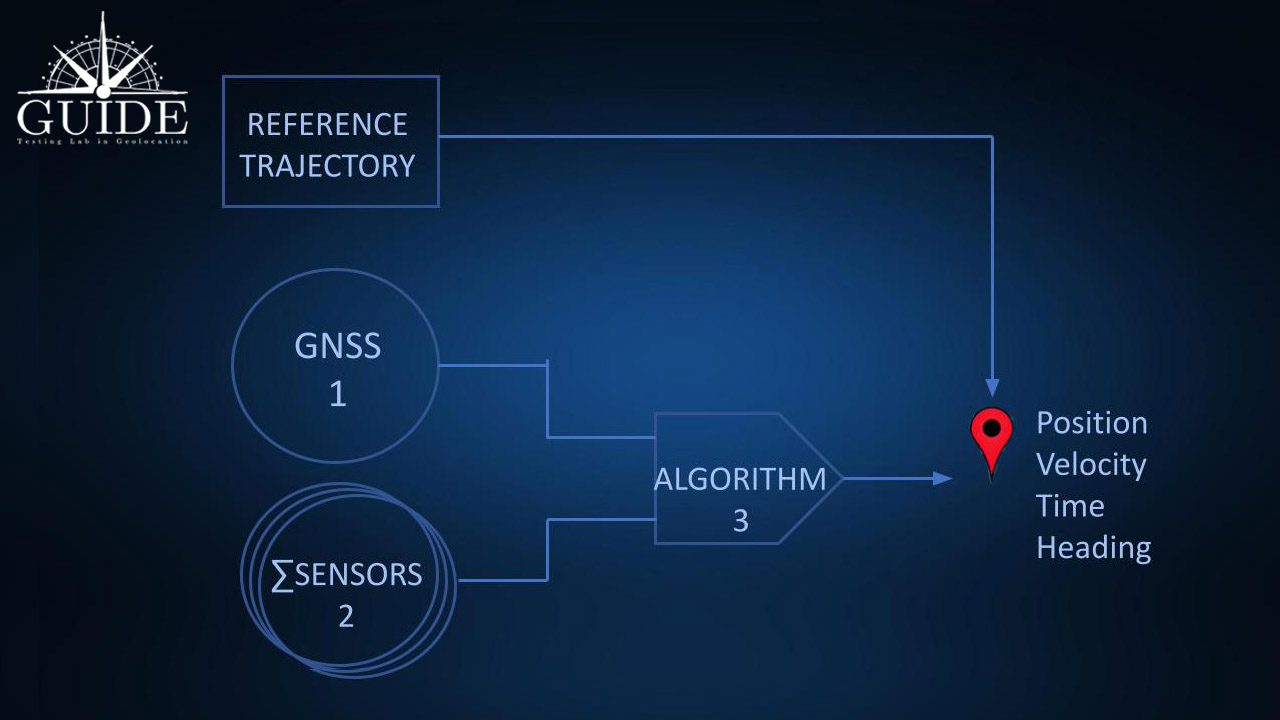Hybridization GNSS
Performance assessments of GNSS navigation systems hybridized with other measurementsDEFINITION
A growing number of applications rely on high performance satellite navigation, i.e. with stringent requirements in terms of reliability, availability and accuracy.
Unfortunately, the local environment introduces many constraints to overcome, such as masking under bridges, reflections on buildings, diffraction under vegetation or interference from poorly controled electromagnetic sources.
To secure a satisfactory level of service, the hybridization of sensors with the GNSS receiver is a commonly used consolidation technique. It has the advantage of maintaining, over a short period of time, the quality of navigation information by weighting, at each instant, the confidence and contribution of each component of the positioning system.
On purpose, an algorithm merges these data, compensates for the differences and determines the best result (Position, Speed, Heading, Attitudes, …).

Figure 1 – Resilience of navigation in urban environments – Maintaining a virtual rail
performance criteria
The GNSS receiver computes an absolute position, at any place and at any time when it can. The measurements merged with those of the receiver are generally proprioceptive, i.e. sensitive to attitudes and movements.
To establish the performance of such a navigation system, it is essential to assess at least 3 of these components, in an environment typical of the use case considered :
- The intrinsic performance of the receiver: this component is the only one to provide an “absolute” position ;
- The performance of the proprioceptive sensors : this component establishes “relative” measurements to the GNSS receiver, when it is temporarily affected by disturbances ;
- The performance of the hybridization algorithm: this component is in charge of merging absolute (GNSS) and relative (other sensors) position measurements.
Thus, to appreciate the objective performance of the navigation system, it is necessary to correlate it to the constraints of a test environment representative of the use cases to be considered.
Moreover, the test results must be repeatable and reproducible.

Figure 2 – Inertial units – Photo courtesy by SBG Systems
METROLOGY MEANS
The test methodology consists in comparing the navigation measurements with those of reference instrumentation, supposed to be more accurate. The results are therefore based on the statistical distribution of deviations between a reference trajectory (ground truth) and the one calculated by the navigation system under test.
Nevertheless, GUIDE extends this first principle to post-processing operations. They aim at highlighting the random errors of the GNSS receiver and the hybridized sensors. This additional analysis is essential to appreciate the possible dispersion of the measurements and thus better assess the results.
For this purpose, metrology means are engaged on site (real world) and on replay test benches using the GNSS and sensor measurements previously collected.

